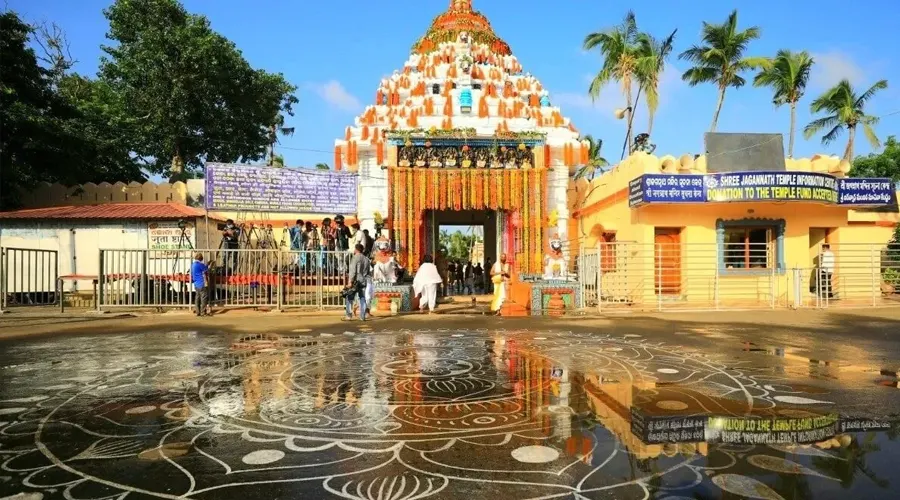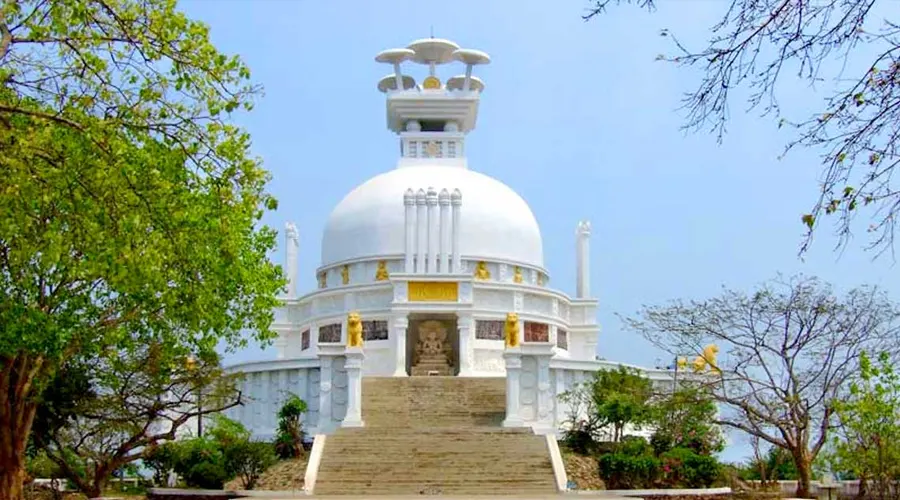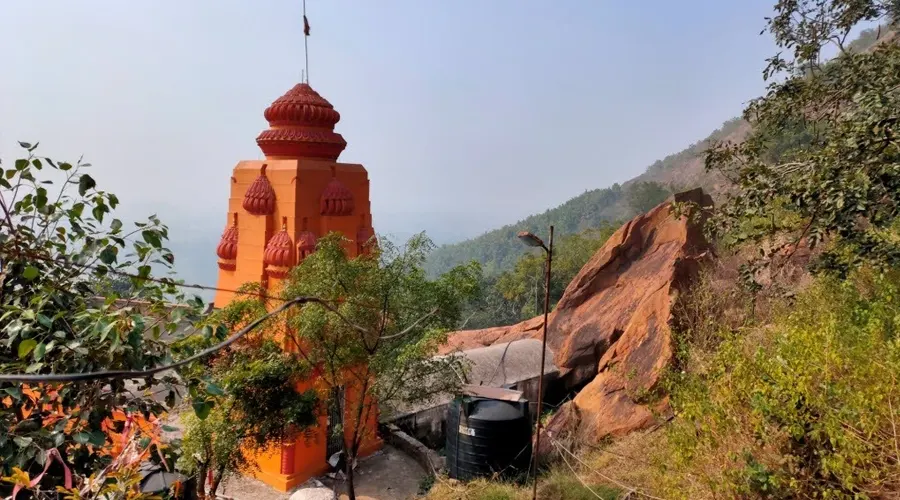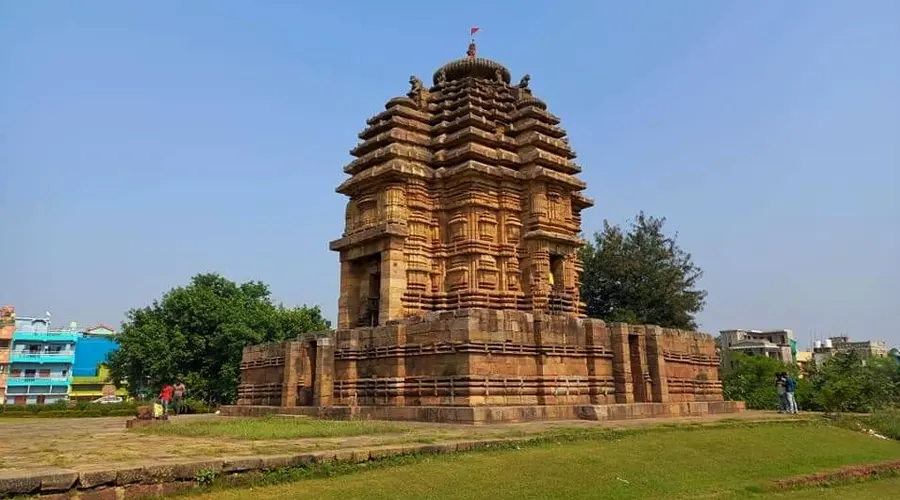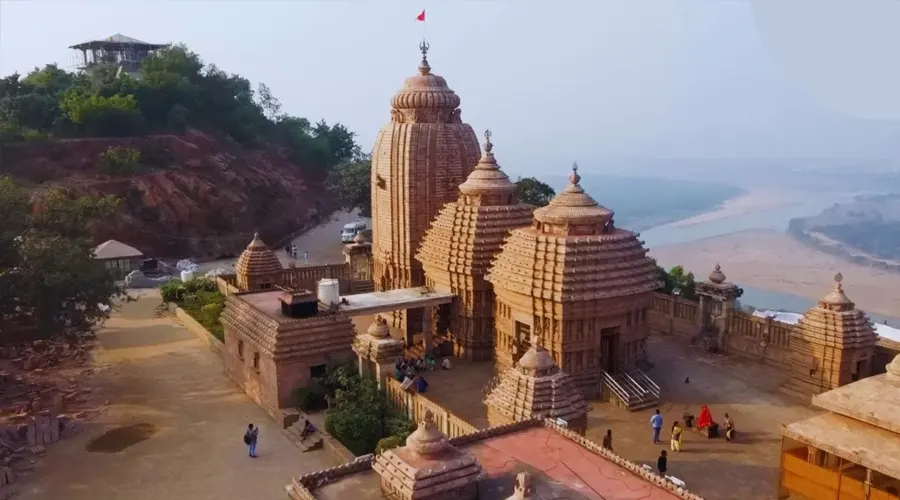Lingaraj Temple
The Lingaraj Temple is an ancient temple situated in the city of Bhubaneswar and is the largest one situated in the city. Dedicated to Lord Shiva as the name suggests, the temple was built in the 7th century by King Jajati Keshari. It is highly revered because the Linga here, which is the phallic form of Lord Shiva, is believed to have appeared naturally. It rises to a massive height of 8 inches above the floor level and is about 8 feet in diameter as well.
The edifice of the temple is a great example of the Odissi style of architecture and has intricately designed stone vaults covering the main sanctum of the temple. A small temple dedicated to Goddess Bhagawati is located in the northwest corner of the courtyard as well. However, entry is restricted to the followers of the Hindu faith only.
The Lingaraj Temple is especially famous for its Mahashivratri celebrations when the whole sanctum is dressed up in flowers, lanterns, and lights. The temple has as many as 6,000 visitors daily with Shivratri being a major day of celebrations when this number surges to as many as 200,000 visitors.
History of Lingaraj Temple
Lingaraj Temple as we know it today is believed to have been in place since the 11th century. This shrine was erected by King Jajati Keshari when he shifted his military capital to Bhubaneshwar from Jaipur. However, historians believe that the temple existed since the 6th century in some other form, as it has been referred to in the 7th-century manuscript, Brahma Puran, focusing on the significance of Lord Shiva in Bhubaneshwar.
According to historians, the temple also sheds some light on how the peaceful worship of Lord Vishnu and Shiva co-existed during the ancient period.
Architecture of Lingaraj Temple
Lingaraj Temple is a spectacular specimen of the Orissa style of temples with a hint of the Kalinga style of architecture. This remarkable structure is crafted out of the darkest shade of sandstone looking exemplary in its form. The main entrance of the temple is towards the east, while smaller entrances exist towards the northern and southern sides. Covering a vast area of 2,50,000 sq ft, it is built around the huge Bindu Sagar Lake and is bounded by fortified walls carved beautifully with sculptures.
The compound wall of the Lingaraj Temple measures 160 meters and is mounted by a plain slant coping. The towers of the temple on the other hand measure 45.11 metres. As many as 150 smaller shrines dot the temple complex.
The temple has four distinct parts, namely Vimana, which is a structure containing the main sanctum, Jaganmohan which is the assembly hall, Nata Mandira or the festival hall and Bhoga - Mandapa or the hall of offerings which are arranged in the order of descending height. The Bhogmandapa has four doors on each of its sides, with the exterior walls being embellished with various Hindu motifs.
The roof of this complex is pyramidal and bears an inverted bell and 'Kalash' on its top. Natamandir, on the other hand, has only two doors adorning sculptures of men and women. It has a flat roof sloping in stages. There are thick pylons inside the hall. The Jagamohana has entrances from the south and north and has a 30-meter-high pyramidal roof. It is decorated with honeycomb windows and images of lions sitting on its hind legs. The Shivalingam in the inner sanctum, the main deity of the temple, rises to 8 inches above the floor and 8 feet in diameter. The towers are 180 feet high and carved intricately.
Legend of Lingaraj Temple
The Lingaraj Temple is said to have a fascinating mythological tale that goes like this: Lord Shiva, once told Goddess Parvati why he favored the city Bhubaneswar over Benares. To explore the city, she disguised herself as an ordinary cattlewoman and ventured out. While she was out exploring, she came across two demons named Kriti and Vasa, who wanted to marry her.
The demons continue to pursue Parvati despite her continuous refusal. In the process of protecting herself, she destroyed the two of them. It was then that Lord Shiva descended and formed the Bindu Saras Lake and resided there for eternity.



